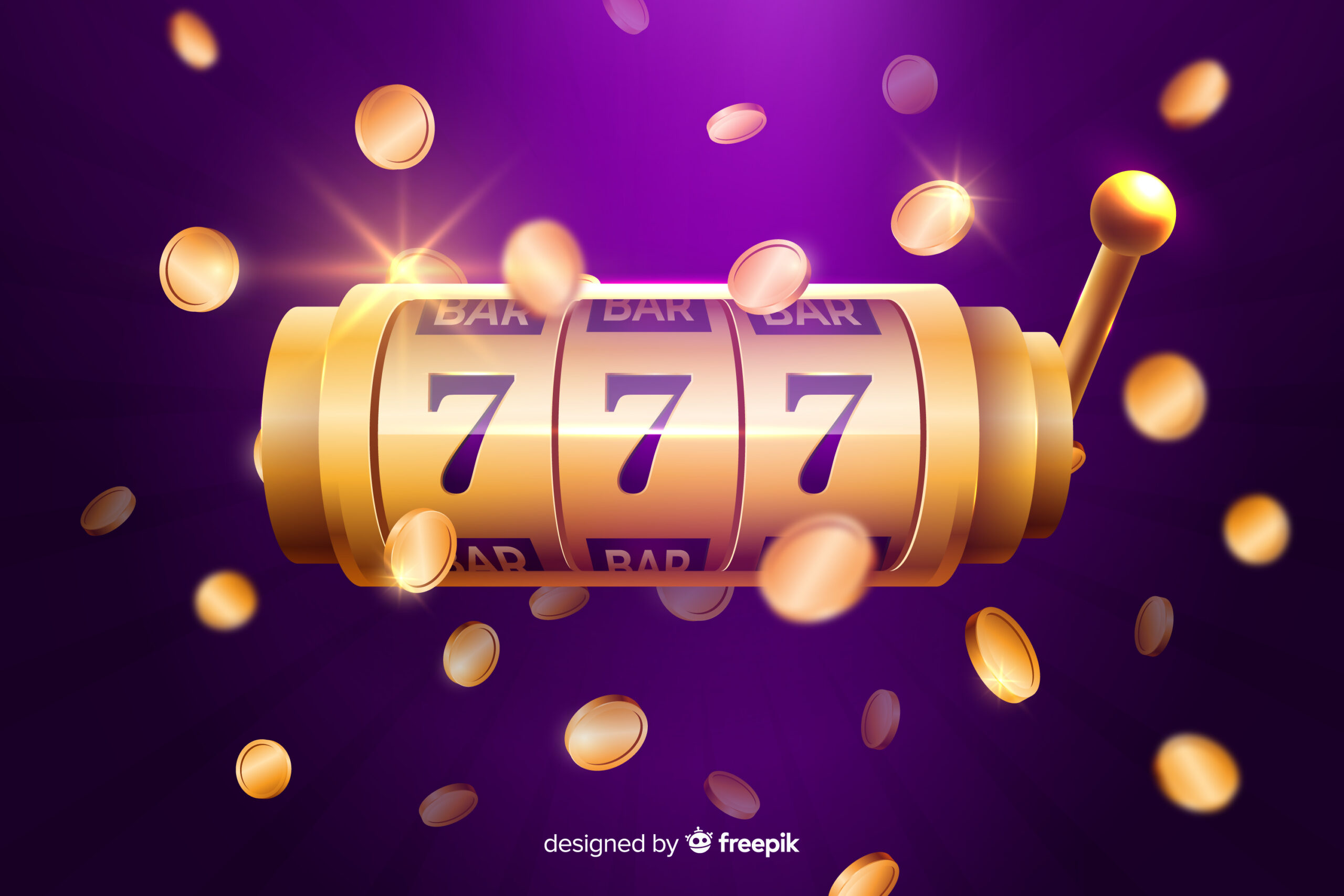These colorful, enticing games are not only a mainstay in traditional brick-and-mortar casinos but have also found a new home in the digital realm, thanks to online casinos. Behind the flashing lights, captivating themes, and enticing sound effects lies a world of meticulous design. Slot game design is an intricate process that involves striking a delicate balance between complexity and playability to ensure an engaging and enjoyable experience for players. In this article, we’ll take a closer look at the fascinating world of slot game design, exploring the key elements that designers consider and the challenges they face in creating the perfect gaming experience.
Understanding Player Psychology
Before delving into the specifics of slot game design, it’s essential to understand the psychology behind player behavior. Slot machines are designed to be addictive, tapping into the psychological principles of variable reinforcement and anticipation. The intermittent rewards and the element of chance keep players engaged, creating a sense of excitement and anticipation with each spin. Designers leverage this psychological phenomenon to keep players coming back for more, ensuring that the gaming experience remains compelling and immersive.
Visual and Audio Elements
One of the first aspects that players notice when they approach a situs slot gacor machine is its visual and auditory elements. From vibrant graphics and eye-catching animations to immersive sound effects and catchy music, these elements play a crucial role in capturing players’ attention and setting the tone for the gaming experience. Designers often draw inspiration from various themes, ranging from ancient civilizations and mythical creatures to pop culture references and Hollywood blockbusters. By creating visually stunning and audibly immersive environments, designers enhance the overall appeal of the game, enticing players to explore further.
Game Mechanics and Features
At the heart of every bocoran RTP slot game lies its mechanics and features. These elements determine the rules of the game, including paylines, symbols, and bonus rounds. Designers must carefully balance complexity and simplicity to ensure that the game remains accessible to players of all skill levels while offering enough depth and excitement to keep them engaged. This involves fine-tuning variables such as volatility, hit frequency, and payout percentages to create a satisfying gameplay experience. Additionally, the inclusion of innovative features such as cascading reels, expanding wilds, and progressive jackpots adds an extra layer of excitement and unpredictability to the game, keeping players on the edge of their seats.
User Interface and Accessibility
In the digital age, user interface design plays a crucial role in shaping the overall gaming experience. A well-designed interface should be intuitive, responsive, and visually appealing, allowing players to navigate the game effortlessly and focus on the action. Designers must consider factors such as screen layout, button placement, and menu design to ensure optimal usability across different devices and screen sizes. Moreover, accessibility features such as adjustable bet sizes, autoplay options, and language settings cater to a diverse audience, making the game more inclusive and enjoyable for all players.
Testing and Iteration
Once the initial design is complete, the game undergoes rigorous testing to identify any potential issues or areas for improvement. This may involve simulated playtesting, where designers analyze player behavior and feedback to fine-tune the game mechanics and features. Additionally, real-world testing in controlled environments such as beta releases allows designers to gather valuable data on performance and player engagement. Based on these insights, designers iterate on the game design, making adjustments and refinements to enhance the overall experience further.
Regulatory Compliance
In addition to creative considerations, DRAGON222 slot game designers must also adhere to strict regulatory guidelines and standards. Gambling laws vary significantly from one jurisdiction to another, imposing restrictions on aspects such as payout percentages, maximum bet limits, and the use of certain themes or imagery. Designers must navigate these regulations carefully, ensuring that their games comply with all applicable laws and regulations while still delivering an entertaining and rewarding experience for players.
The Future of Slot Game Design
As technology continues to evolve, the landscape of slot game design is constantly evolving. Advances in graphics technology, virtual reality, and artificial intelligence present exciting opportunities for designers to push the boundaries of creativity and innovation. From immersive VR experiences that transport players to fantastical worlds to AI-powered algorithms that personalize the gaming experience based on individual preferences, the future of slot game design is full of possibilities.
Conclusion
In conclusion, slot game design is a complex and multifaceted process that requires a careful balance of creativity, psychology, and technical expertise. By understanding the needs and preferences of players, harnessing the power of visual and auditory elements, and leveraging innovative mechanics and features, designers can create compelling and immersive gaming experiences that keep players coming back for more. As technology continues to advance, the future of slot game design is sure to be filled with even more excitement and innovation, shaping the way we play and enjoy these timeless casino classics.








